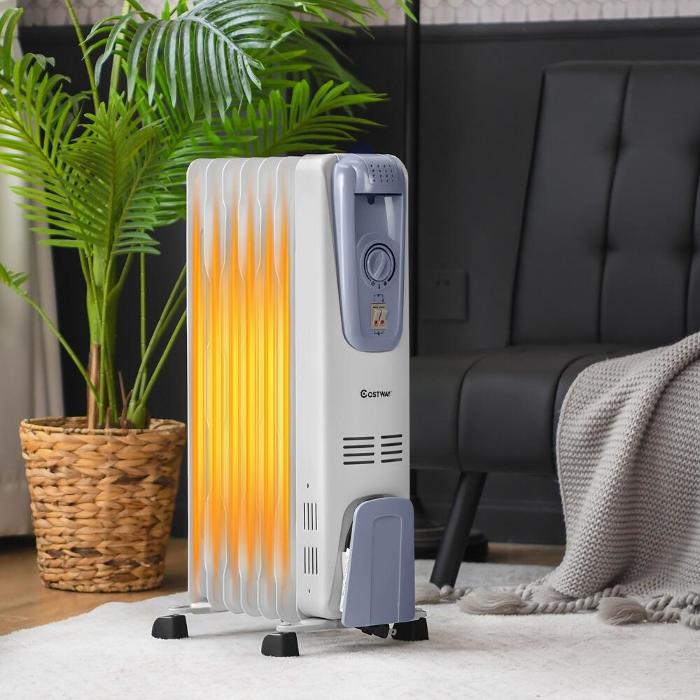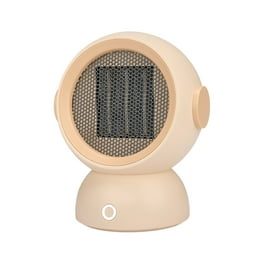The Buzz on 1 Source Portable Air
The Buzz on 1 Source Portable Air
Blog Article
1 Source Portable Air Things To Know Before You Buy
Table of ContentsThe Only Guide for 1 Source Portable Air1 Source Portable Air Can Be Fun For AnyoneExcitement About 1 Source Portable AirThe 1 Source Portable Air DiariesThe Facts About 1 Source Portable Air Revealed
Running expenses are based on a power rate of 40c/kWh. The costs for 3 months' usage in winter months are based upon 500 hours make use of, or roughly 6 hours each day for three months. Optimum warm outcome is based upon the maximum power level of the models we have actually checked (we concentrate on greater power level heating units).
This depends upon what cost you're considering ahead of time acquisition, or running price? As common, there are trade-offs with either selection. Generally, tiny fan heaters are cheaper to get, yet can have higher running expenses. Oil column heating units will be the most affordable on the marketplace to run (typically) but just by a narrow margin ahead of convection heating units (like panel and micathermic panels).
More About 1 Source Portable Air
If you have a relatively easy to fix ceiling follower, it'll help distribute the warmth around the area more evenly. A number of pricey heating systems have stopped working to excite our testers, while some less expensive models make for remarkably great buys.
As the name suggests, they emit heat from a red-hot home heating element (so the family members will have to take turns sitting in front of it). Glowing heating systems are relatively inexpensive.
The reasonably subjected burner can be a fire and security danger. An item of garments went down over it may fire up, or little children playing around a flooring design may burn themselves, so be mindful. Glowing heating systems usually set you back between $20 and $200. Oil-filled column heating units don't really shed oil they utilize electrical energy to heat up the oil that's sealed inside their columns or 'fins'.
The 2-Minute Rule for 1 Source Portable Air
Some column heating units aren't even oil-filled however instead utilize various other product or home heating modern technology to work the exact same means - 1 Source Portable Air. The risk of fire with an oil column heating unit is reduced compared to other heater kinds, but never zero. Oil heating systems do not have subjected elements like glowing heaters do, and their surface temperature level is reduced than several other heating unit types (their large surface offsets it)
Oil column heaters won't blow up, and while they don't burn their oil to produce warm, it's still combustible, so there is a fire threat if the oil leakages, if the heating unit topple and leakages, or if flammable items or textile come right into call or drop on the heating system. You need to work out the very same degree of care with oil heaters when it comes to other heater kinds, and never hang towels or garments over one to completely dry them utilize a drying shelf rather, at the very least one metre away.
Column heating systems are specifically useful in spaces where they'll be turned on for extended periods of time or where they'll run neglected, such as over night in a bed room. read this The surface areas you're most likely to discuss a column heating system do not get as hot as various other kinds of electric heaters. You can utilize a ceiling fan on really low speed to help the column heating system to disperse the warmth much faster and extra evenly.
Oil-filled column heaters generally set you back investigate this site in between $50 and $450. Convection and panel heating units draw cool air over an electric home heating element.
Facts About 1 Source Portable Air Revealed

Convection and panel heating units are more portable than their oil-filled column heater counterparts because they're considerably lighter. They'll heat up the air in an area uniformly and quickly. Like a column heater, you can make use of a ceiling fan on extremely reduced rate to distribute the heat much faster and more uniformly. Some models, specifically panel heating units, are fairly costly to acquire.

Some Of 1 Source Portable Air
Fan heaters are commonly smaller and much more portable than other electrical heaters. They likewise come in the kind of tower follower heating systems, which can be better for dispersing heat around larger rooms as a result of their taller profile. They can heat up the air in an area more quickly, uniformly and swiftly than some various other heater kinds.
Fan heaters (ceramic or otherwise) normally expense between $60 and $900. Ceramic follower heaters aren't necessarily any different in cost to non-ceramic designs.
Report this page